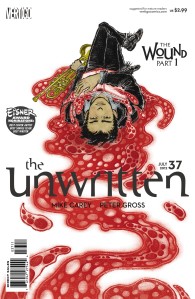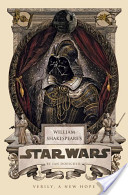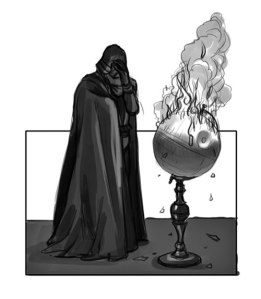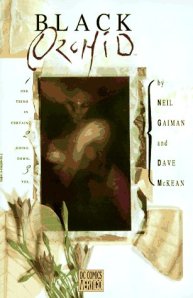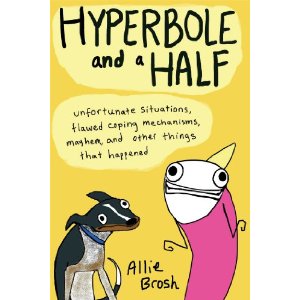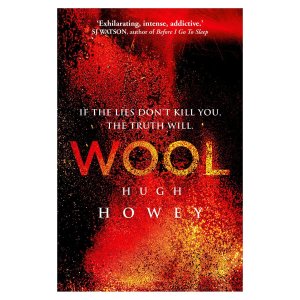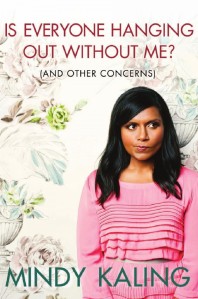
So, I realize I am a little late to the party with Mindy Kaling’s book, but it turns out I have a lot of self control in terms of buying books, except when it comes to airports. This was an impulse purchase for my return trip from California, and it was another good pick. Of course, I had remembered all the positive reviews on Cannonball Read, so it wasn’t really a big risk. I am really only familiar with Mindy Kaling from The Office, and some interesting interviews that I had read. I have not yet watched The Mindy Project, but I might give it a shot now, given how much I enjoyed this book.
I do not generally consider myself a regular reader non-fiction or biography, but I have had kind of an interesting run of comedienne’s books lately – Tina Fey, Rachel Dratch and now Kaling’s Is Everyone Hanging Out Without Me? While I seem to have identified most with Kaling, all of them seem to grow up as smart, nerdy kids who didn’t really seem to fit in anywhere until adulthood. That is similar in many ways to my own experience, although I did not end up in comedy, obviously. Kaling seems to have revealed a lot more of her childhood and adolescence here, with the humour a bit more gentler, perhaps. She just seemed like the friends I had growing up – not particularly popular, obviously going someplace, and with fun if esoteric interests.
Kaling also discusses her comedy career in this book, as did Fey and Dratch, and they have all had varying success. It seems to me that all of them are kind of struggling to find a career in what seems to be a male dominated industry, which is also something that seems familiar to me. In my workplace, there are many women in middle management, but very few females above that level. It seems very strange to me, and I would be curious to know about Kaling’s experiences are in working on her own show and how they would compare with Fey’s. None of the three authors directly address working in an environment dominated by males, but that may be related to where they currently are in terms of their career. Of course, I am not working in anything remotely entertaining, but it is something that interests me.
Kaling’s book is warm and funny, and I particularly enjoyed how she spoke of her friend and family with such obvious love. The occasional pictures are fun, and the book was certainly a perfect read for a airplane.

